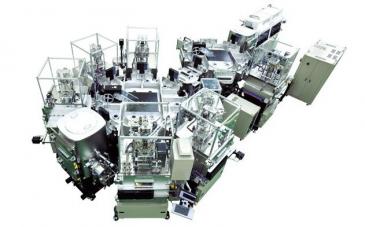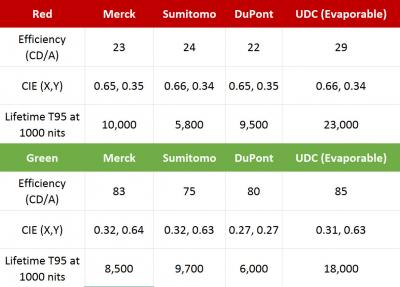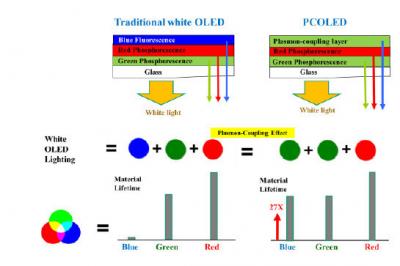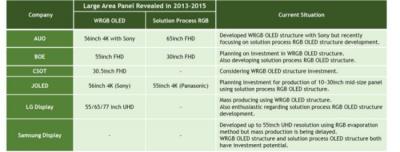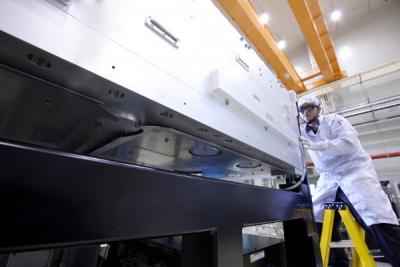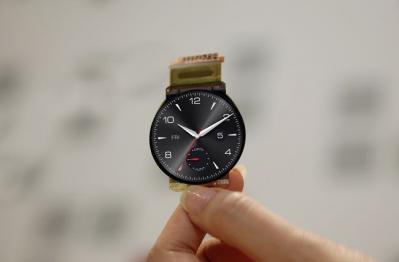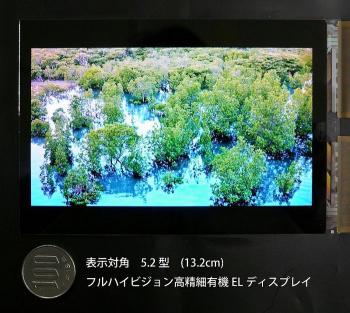 Philips' OLED lighting division has a new head of Marketing and Business Development - Jay Kim. Before he was responsible for OLED product marketing, business development, MarCom and customer services functions globally, Jay headed Philips' industry segment marketing in Europe involving Philips LED luminaries, lighting controls and services. And he was kind enough to agree to this interview here at OLED-Info.
Philips' OLED lighting division has a new head of Marketing and Business Development - Jay Kim. Before he was responsible for OLED product marketing, business development, MarCom and customer services functions globally, Jay headed Philips' industry segment marketing in Europe involving Philips LED luminaries, lighting controls and services. And he was kind enough to agree to this interview here at OLED-Info.
Q: Jay - thanks for your time. Let's jump, shall we? In March 2014 Philips announced the FL300, your brightest OLED yet at 300 lumens. Any updates on this panel? Is it still on track for Q3?
We are very happy with the performance of the new Brite FL300 and its acceptance in the market. Already before official market introduction at Light+Building we have had three designs where the brightest OLED on the market is used. Italian furniture maker Riva1920 uses our OLED in its K BLADE lamp, an exceptional beautiful wooden desk lamp combining 48,000 years old Kauri wood from New Zealand with the world’s most modern lighting technology OLED. Besides that, German Designer Thomas Emde is using the Brite FL300 in its new series of OLED luminaires sold under the label OMLED. In addition, he is working closely together with Italian luminaire manufacturer Luceplan. Together they bring the OLALAL OLED luminaire to the market. Also, many of our customers with designs based on the Lumiblade GL350 OLED are going to switch to the new OLED as well.
